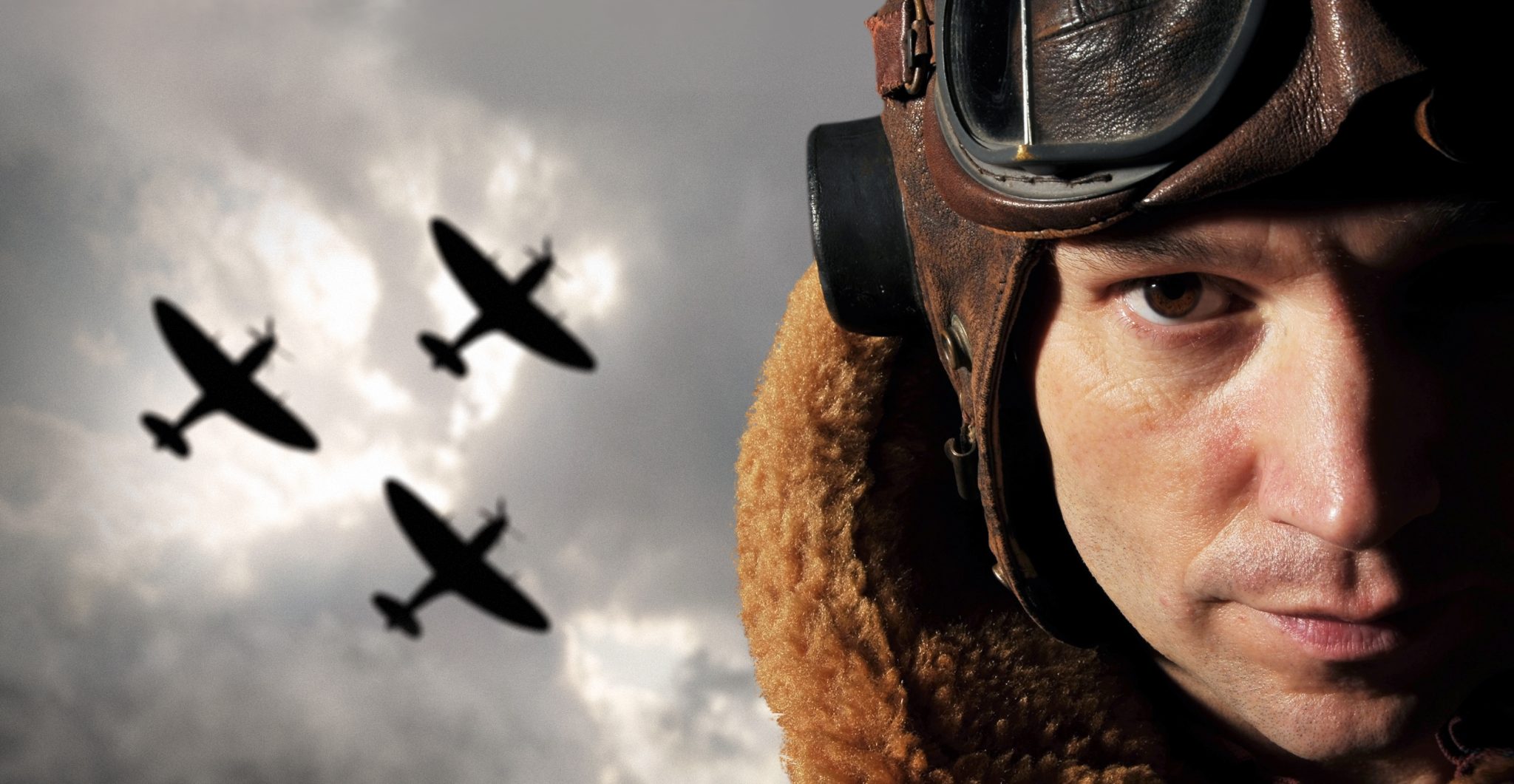In every war, there are thousands of soldiers who lie in unmarked graves. Trying to recover those who have died in the horrific carnage of battle often does not allow for identification. Before the US military issued identification tags, Civil War soldiers went into a major battle with their names on scraps of paper pinned onto their uniforms so their family would know their fate.
Now with DNA testing some of those lost soldiers are being identified.
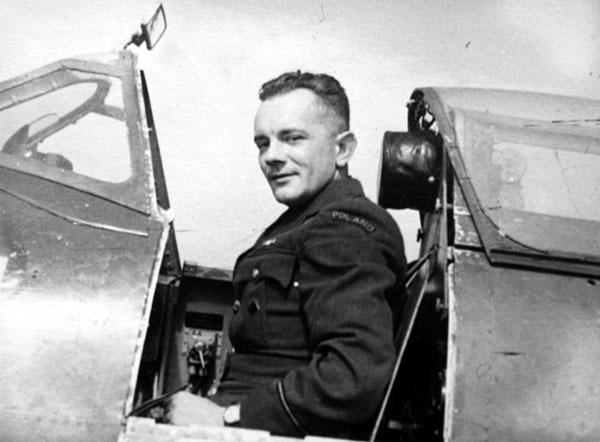
Britain’s Royal Air Force Pilot Lieutenant Tadeusz Stabrowski is one such soldier. DNA tests have been carried out on a few unmarked graves in the French cemetery at St.Firmin in Le Crotoy, just south of Calais. The remains of the Polish soldier were identified, and his family notified. After 75 years the son he never met was able to watch as Lieutenant Stabrowskir received the military honors he was due.
Tadeusz Stabrowski was born in Poland six months before the end of WWI. Upon graduation, he entered the Polish Reserve Air Force. In 1939 when the Germans invaded Poland, Stabrowski was sent to a prison camp in Romania but was able to escape. With a phony passport, he made his way to England where he joined the Royal Air Force.
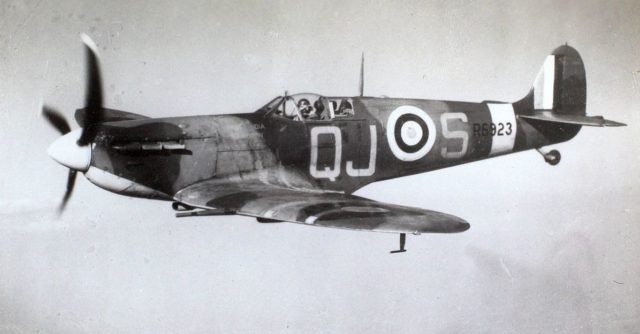
He was first assigned to the 258th Squadron and later to the 308th and quickly made a name for himself. Stabrowski participated in 149 missions before he was shot down over the English Channel in the spring of 1943. Reports were received that he had escaped from his Spitfire. The next day, a body washed up on the shore near the small town of Le Crotoy. The citizens there paid for the man’s burial and a simple headstone marked “Unknown Polish Airman.”
Another pilot from the 308th Squadron, Tadeusz Schiele, described Stabrowski as a lovable drunk and crazy artist-painter.
“On the ground he was humble, hunched, unkempt, constantly blinking, reckless, always late, absentminded and in disregard of everyone and everything. In the air, he became a calm, precise and brave pilot with nerves of steel, and one of the best I have ever known.”
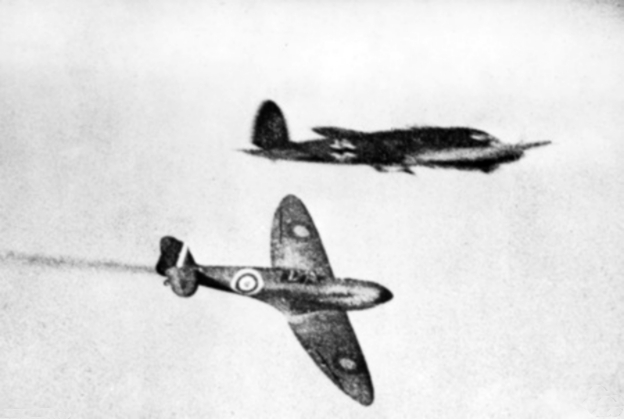
The Lieutenant now has a headstone with his name, again, paid for by the townspeople and local government. Lieutenant Stabrowski has been honored with the Cross of Valor and the Pilot’s Field Badge. On Jerzy Bajan’s list of the top Polish fighter pilots in the RAF during WWII he is number 406.
Due to the Nazis rapid advance across Europe, many young men from occupied countries fled to Britain. Some also arrived from the US and Canada before America entered the war in 1941. Others traveled from occupied Poland, Belgium, Czechoslovakia and as far away as Australia and New Zealand.
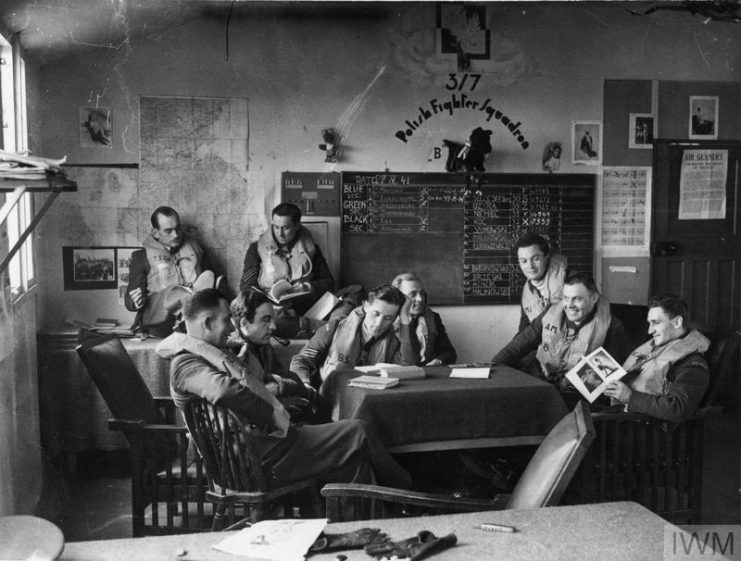
There was soo many Polish men wanting to serve that Britain’s War Cabinet created two fighter squadrons, numbers 302 and 303 made up primarily of Polish soldiers. Later there were also two Czechoslovakian squadrons.
Not all the young men that arrived became pilots. Some served as ground support. Repair and maintenance of the airplanes and vehicles used by the RAF were vital. Thousands of volunteers manned the lookout posts along the west coast of the English Channel. Anti-aircraft guns also had to be in good working order and ready at a moment’s notice. Searchlights too needed to be operated and maintained. The Women’s Auxiliary Air Force kept track of troop movements and served as planners and radar operators.
The too old, those not quite old enough or not qualified for service were able to do their part by joining with over one million others in the Local Defense Volunteers or Home Guard. They kept watch for signs of an invasion, took part in the disposal of unexploded ordnance and patrolled at night along the coast.
The tenacity of Britain and its Allies helped keep the long hand of Nazi Germany from stretching over the English Channel.
